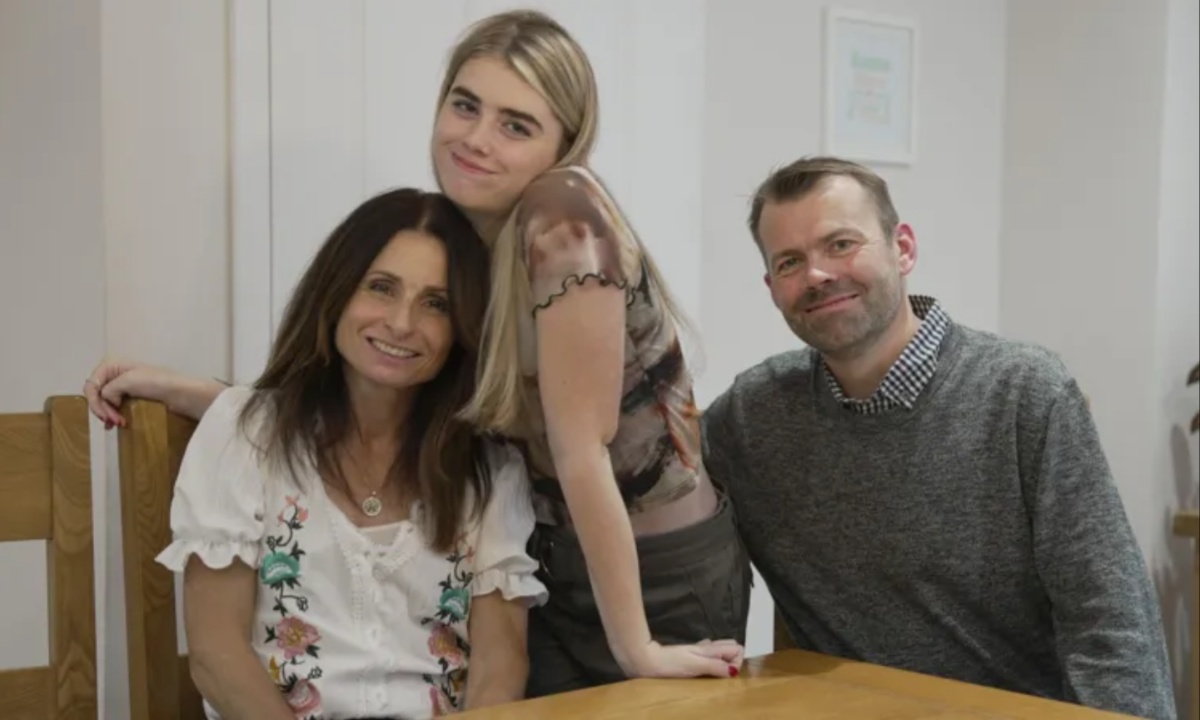Scarlett, a 15-year-old from Flintshire with selective mutism, dreams of performing on stage despite her condition. Selective mutism, a severe anxiety disorder, makes it difficult for people to speak in certain situations, causing a “freeze” response that makes talking nearly impossible. For Scarlett, the condition led to a two-year absence from school and created significant challenges in her daily life.
She describes herself as naturally chatty and passionate about musical theatre but struggles with overwhelming anxiety, especially around other children. Her constant worry about others’ opinions often prevents her from speaking, as she experiences a mental block.
Diagnosed with selective mutism at eight, Scarlett’s journey has been challenging for her and her family, who noticed signs as early as age five. Her parents, Steve and Emma, have sought help from various professionals over the years, including psychologists and hypnotherapists, but effective support has been difficult to find.
Emma described the process as exhausting, with little improvement despite many attempts. This lack of progress has highlighted the limited understanding of selective mutism among even experienced professionals, causing further frustration and concern for the family.

Selective mutism usually begins in early childhood, typically between ages two and four. It is characterized by a significant contrast in a child’s social engagement, with visible signs like sudden stillness or frozen expressions around unfamiliar people. Although often misunderstood as a choice not to speak, selective mutism is akin to a phobia, rooted in intense anxiety.
While early intervention can significantly improve outcomes, a lack of awareness can lead to missed opportunities for support. Experts emphasize the importance of recognizing and managing this condition early, as appropriate therapy can help children overcome the disorder.
For Lucia, a 17-year-old from Swansea also living with selective mutism, the condition has impacted her schooling and job prospects. Lucia explains that she often has conversations planned in her head, but her voice fails her in social situations, leaving her feeling “stuck” and isolated.
Like Scarlett, she has tried various therapies but has seen limited success, contributing to her fears for the future. The emotional toll of being misunderstood or unsupported weighs heavily on both Lucia and Scarlett, who both express a desire to live more typical teenage lives but find selective mutism a persistent barrier.
In response, speech and language therapists, such as Anita McKiernan, advocate for greater awareness and specialized training for early childhood educators to identify and manage selective mutism effectively. McKiernan, an advisor on the condition, notes that while progress in understanding selective mutism has been made, more awareness is still needed.
The Welsh government is taking steps to improve support, with initiatives to educate parents and teachers on selective mutism as part of the Talk with Me delivery plan. These efforts aim to provide targeted resources and promote a supportive environment for children like Scarlett and Lucia to help them thrive in social and academic settings.
